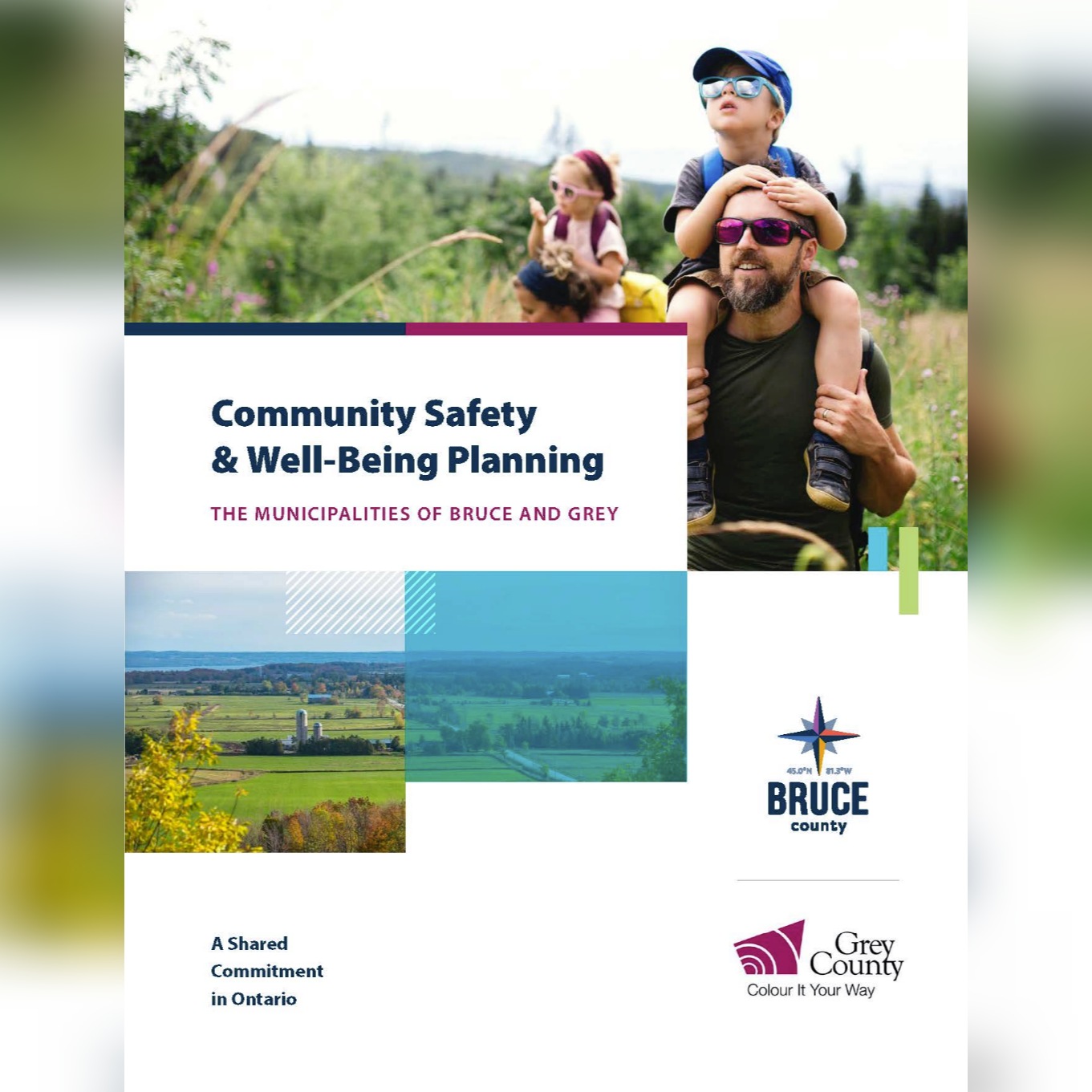Our Partners
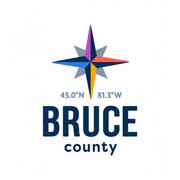



























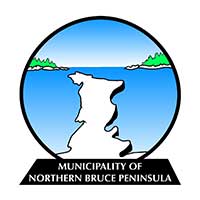















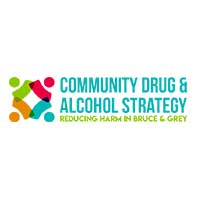



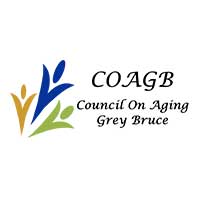









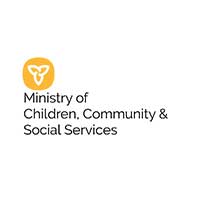









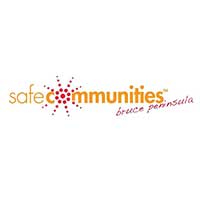





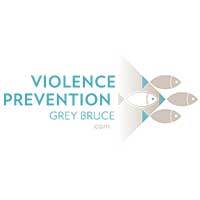















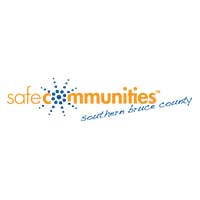





How Does CSWBP Work?
Community Safety and Well-Being Planning requires a re-focusing of efforts and investments away from incident-driven "downstream" responses and a re-focusing of efforts towards "upstream" actions in social development, prevention and risk situations..
-
Social Development
-
Prevention
-
Risk Intervention
-
Incident Response
Promoting and Maintaining Community Safety and Well-Being
Social development requires long-term, multi-disciplinary efforts and investments to improve the social determinants of health (i.e. the conditions in which people are born, grow, work, live, and age such as education, early childhood development, food security, quality housing, etc.) - this results in a reduction in harm and victimization.
Specifically, social development is where a wide range of sectors, agencies and organizations bring different perspectives and expertise to the table to address complex social issues, like poverty, from every angle.
The key to successful social development initiatives is working together in ways that challenge conventional assumptions about institutional boundaries and organizational culture, with the goal of ensuring that individuals, families and communities are safe, healthy, educated, and have housing, employment and social networks that they can rely on.
Social development relies on planning and establishing multi-sectoral partnerships. To work effectively in this area, all sectors need to share their long-term planning and performance data so they have a common understanding of local and systemic issues. Strategies need to be bolstered or put into place that target the root causes of these issues.
Social development in action will be realized when all community members are aware of services available to them and can access those resources with ease.


Proactively Reducing Identified Risks
Planning in the area of prevention involves proactively implementing evidence-based situational measures, policies or programs to reduce locally-identified priority risks to community safety and well-being before they result in crime, victimization and/or harm.
In this area, community members who are not specialists in “safety and well-being” may have to be enlisted depending on the priority risk, such as business owners, if the risk is retail theft, and property managers, if the risk is occurring in their building.
Service providers, community agencies and organizations will need to share data and information about things like community assets, crime and disorder trends, vulnerable people and places, to identify priority risks within the community in order to plan and respond most effectively.
Successful planning in this area may indicate whether people are participating more in risk-based programs, are feeling safe and less fearful, and that greater engagement makes people more confident in their own abilities to prevent harm.
While planning in this area is important, municipalities, First Nations and their partners should be focusing their efforts on developing and/or enhancing strategies in the social development area to ensure that risks are mitigated before they become a priority that needs to be addressed through prevention.


Mitigating Situations of Elevated Risk
Planning in the risk intervention area involves multiple sectors working together to address situations where there is an elevated risk of harm - stopping something bad from happening, right before it is about to happen.
Risk intervention is intended to be immediate and prevent an incident, whether it is a crime, victimization or harm, from occurring, while reducing the need for, and systemic reliance on, incident response.
Collaboration and information sharing between agencies on things such as types of risk has been shown to create partnerships and allow for collective analysis of risk-based data, which can inform strategies in the prevention and social development areas.
To determine the success of strategies in this area, performance metrics collected may demonstrate increased access to and confidence in social supports, decreased victimization rates and the number of emergency room visits.
Municipalities, First Nations and their partners should be focusing their efforts on developing and/or enhancing strategies in the prevention area to ensure that individuals do not reach the point of requiring an immediate risk intervention.


Critical and Non-Critical Incident Response
This area represents what is traditionally thought of when referring to crime and safety.
It includes immediate and reactionary responses that may involve a sense of urgency like police, fire, emergency medical services, a child welfare organization taking a child out of their home, a person being apprehended under the Mental Health Act, or a school principal expelling a student.
Many communities invest a significant amount of resources into incident response, and although it is important and necessary, it is reactive, and in some instances, enforcement-dominated.
Planning should also be done in this area to better collaborate and share relevant information, such as types of occurrences and victimization, to ensure the most appropriate service provider is responding.
Initiatives in this area alone cannot be relied upon to increase community safety and well-being.

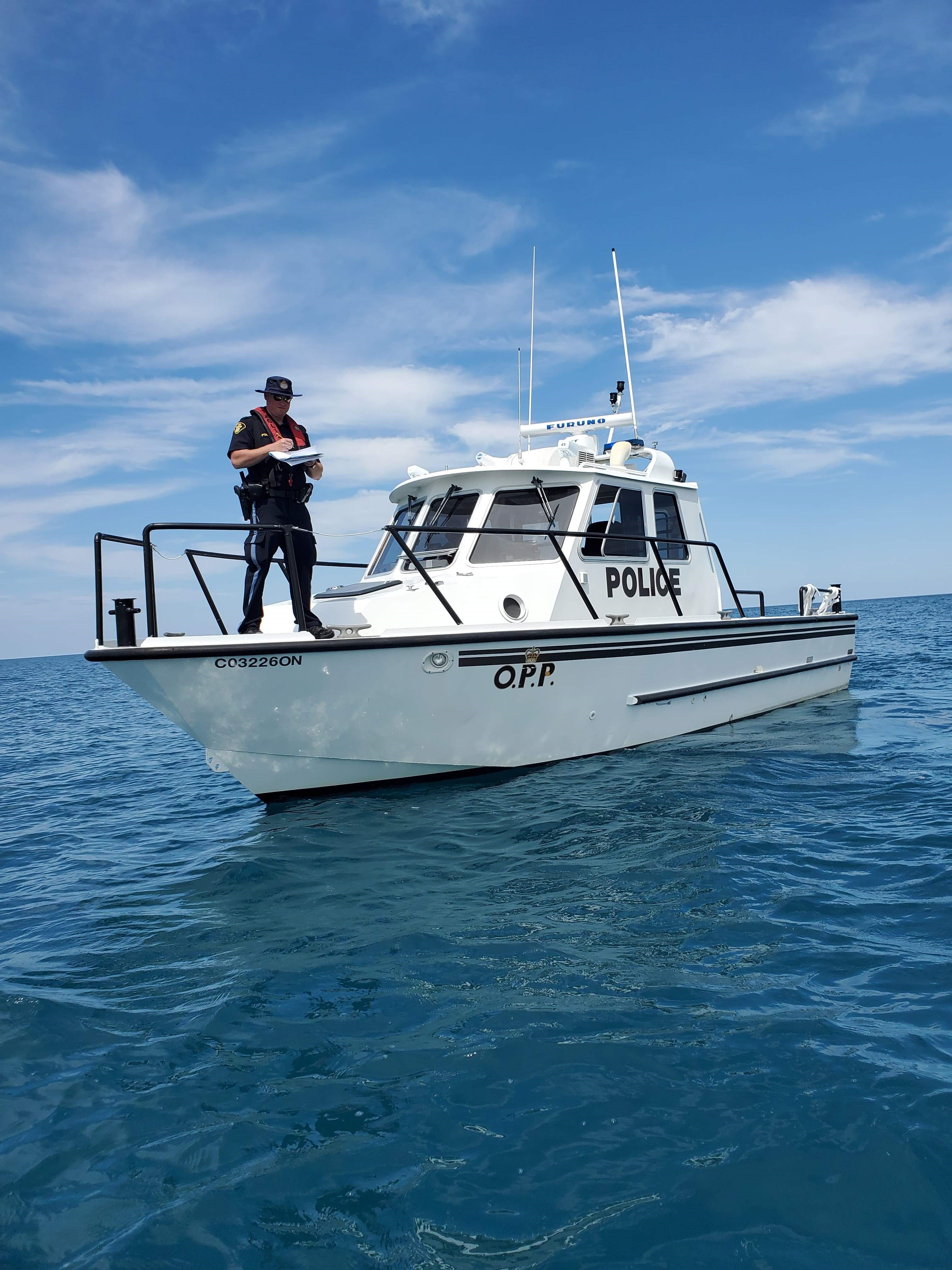
CSWBP Quotes

Paul McQueen
Grey County WardenSupporting healthy and connected communities has long been a priority for Grey County. Collaboration will be the key to our success as we work together with neighbours and community partners to improve the quality of life for the individuals and families who call our area home

Mitch Twolan
Bruce County WardenBruce County is committed to providing programs and services that support the health and well-being of our residents, and working with our municipal, policing and human service partners to develop this plan will enhance our ability to respond in a coordinated way to our communities.

Christine McDonald
Steering Committee Member and Director of Human Services for Bruce CountyBuilding safe and health communities is a shared responsibility and planning together allows us to create an systematic approach to identifying and addressing evolving issues that impact safety and well-being in our community.

Barb Fedy
Steering Committee Member and Director of Social Services for Grey CountyUnderstanding the highest priorities of members of our communities will enhance our ability to build collaborative, successful strategies and interventions that will contribute to a strong sense of community safety and well-being for our residents.

Anne Elliott
Steering Committee Member and Managing Director of Victim Services Bruce Grey PerthCommunity safety and well-being begins with coordinated efforts to prevent predictable problems. Only by working together as a community, through coordinated, intentional and systematic means, can we reduce costs and impacts on our communities associated with responding to situations that could have been prevented.

Sarah Cowley
Project CoordinatorThe healthier we make communities right at the start, the better the outcomes related to crime, and we know that the return on investment of prevention and social development initiatives is significant when it comes to crime prevention. For example, for every $1 invested in enhanced early childhood development strategies, communities see a return of at least $17, because there is a correlated reduction in costs associated with crime down the road. Prevention works.


